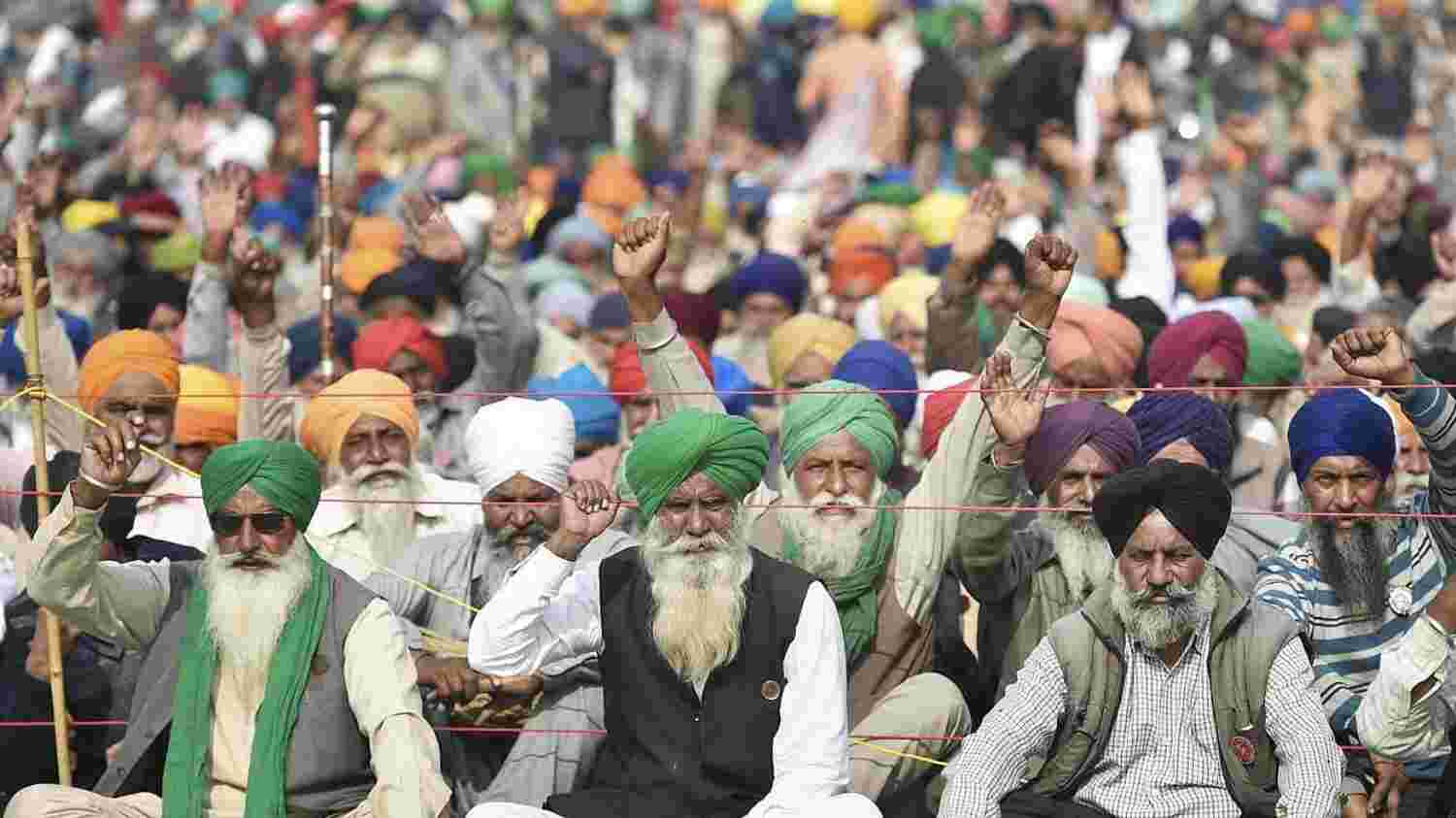Not seeing eye to eye

Six months after tens of thousands of farmers began their protest against the three farm laws in November last year, the struggle to repeal the laws continues. Much has happened since then. Nearly a dozen rounds of negotiations between farmer leaders and the government have yet to yield the desired results for either side. In fact, it would be hard to say if the many rounds of talks have achieved anything other than agitating both sides. It is obvious but still important to state that there is also a pandemic that is still ongoing. Such massive and persistent protests would be significant in any given year but they were particularly significant during the last year. India is still caught up in its devastating second wave with daily death counts breaking all previous records. It may even be staring a third wave in the face as inconsistent vaccine supply and the dreaded variants remain a significant factor. Even given this uncertain outlook, the farm protests continue onward. The series of state lockdowns have done little to blunt the determination of farmers unions to continue their agitation. In Hisar in Haryana, protests against the visit of CM Manohar Lal Khattar on May 16 turned violent as the police clashed with protestors. Reports say dozens of farmers were injured in the clash, alongside at least 20 police officers. Angered by the incident, many of the farmers are now boycotting or otherwise protesting against lockdown measures. There is no indication of just how widespread this anti-lockdown sentiment is but reports say at least a handful of villages have now decided to boycott the lockdowns. Amongst those agitating against lockdown measures, there is a feeling that lockdowns are being selectively clamped on farmers when politicians can dodge Covid safety precautions for election rallies and such. There is also a feeling that lockdowns are being used as a way to shut down protests by farmers. Such a development poses real danger. There are already deep concerns about how rural health systems are coping with COVID-19 at a time when most of India's urban health facilities are already sagging under the weight of the second wave. There is another major development beyond the pandemic which is influencing the farm protests. Results of certain assembly polls in the last six months have added impetus to the protesting farmers who now see a way forward with their protests. Upsets for the ruling party such as the West Bengal polls have given farm leaders a way of interpreting this defeat as the anger of people against the farm laws. It is expected that this upset can be repeated in other states that are going to polls soon. Particularly, farm leaders seem to be eyeing the 2022 assembly elections in UP, a key agrarian state. They have told reporters that Samyukta Kisan Morcha is already eyeing plans for campaigning against the ruling party in Uttar Pradesh after the current period of lockdown is finally relaxed. The group has also announced plans to observe May 26 as a 'black day for democracy' as the 'Chalo Dilli Kisan Andolan' completes six months. Members of the group say this is also a day of protest against the Centre that has 'used' the pandemic period to push through legislation that benefits corporations. All in all, there is an indication that these protests are not coming to an end anytime soon. The idea of reaching common ground on farmer welfare has not been achieved. Indeed, as the situation is now, there is little hope that there will be any constructive discussion on the actual farm bills, their merits and the many criticisms as belligerence sets in on both sides.



